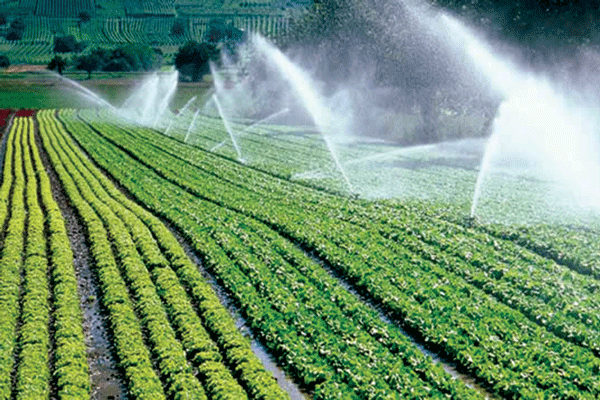
BY SILAS NKALA
Silalatshani Irrigation Scheme in Insiza South, Matabeleland South, which has been a lifeline for Filabusi and surrounding areas for the past 50 years, is facing crippling water shortages due to low dam water levels.
In an interview with Southern Eye, Chief Sibasa, born Bekezela Sibanda — who is also a plot holder at the irrigation scheme located in his jurisdiction, said water situation was bad and this could affect the irrigation projects.
“Water levels at the dam are deteriorating fast and in the past, we used to be aided by Bulawayo City Council (BCC), which used to supply water from Lake Cunningham. But I wonder if they would do that this time, considering that the city already faces water challenges and is rationing water to residents,” Chief Sibasa said.
In the 2018-2019 farming season, the irrigation scheme managed to produce quite a reasonable harvest, according to the farmers. But they are concerned that the dam’s water levels at this time of the year was rapidly decreasing and might affect their cash crops, vegetables and the next farming season.
BCC recently reintroduced a 48-hour water rationing cycle in the wake of falling water levels at its supply dams. Chief Sibasa said most farming activities around the dam are most likely going to be suspended until the next rain season.
He said during past years, BCC would open water from Lake Cunninghum into the irrigation dam to assist farmers.
The traditional leader said the irrigation scheme has 853 farmers, with one farmer holding a maximum of two hectares, producing maize, beans and other crops, while during winter the farmers produce cash crops such as vegetables and wheat, among others.
- Chamisa under fire over US$120K donation
- Mavhunga puts DeMbare into Chibuku quarterfinals
- Pension funds bet on Cabora Bassa oilfields
- Councils defy govt fire tender directive
Keep Reading
“I personally did well in the 2018-2019 farming season. I produced 3,5 tonnes of maize and in most cases, after harvesting we sell the produce to the Grain Marketing Board,” he said.
Chief Sibasa appealed to government to drill boreholes at the irrigation scheme to alleviate the challenges.
“We appeal that government must drill at least two boreholes per section; this can go a long way in addressing water problems we face,” he said.
The irrigation scheme covers about 360 hectares and accommodates 853 farmers in its eight sections namely Vukuzenzele, Nonoka, Mbokodo North and South, Landela North and South and Phelandaba North and South.
Silalatshani Dam also supplies water to JZ Moyo High School, Colleen Bawn town and Ekusileni Mission.











